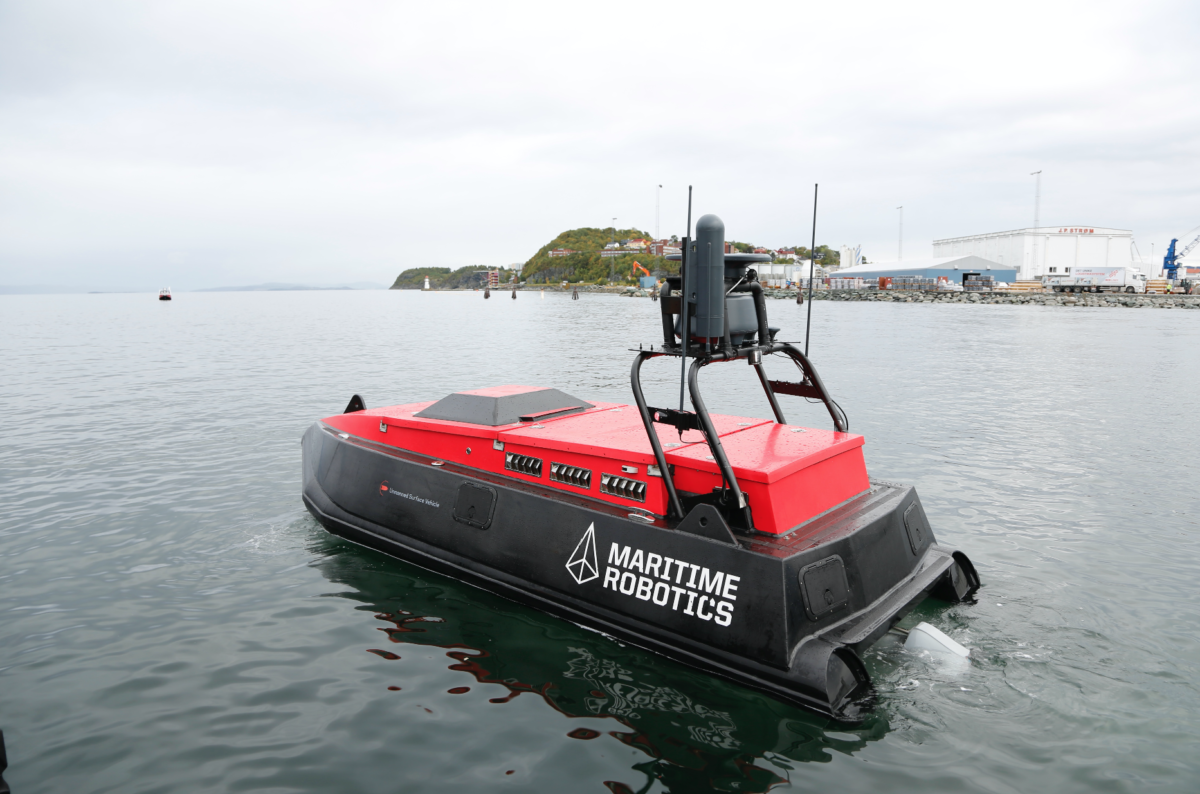
Members of the CINS Organisation (the Cargo Incident Notification System) have issued guidance and guidelines for the carriage of cocoa butter in freight containers, under the principles set out in the IMO/ILO/UNECE Code of Practice for Packing of Cargo Transport Units (CTU Code).
Nature of cocoa nutter cargo
Cocoa butter is derived from whole cocoa beans which are fermented, roasted, and then separated. About 54–58% of the residue is cocoa butter, containing 57-64% of saturated fats and 43-36% unsaturated fats. Cocoa butter becomes soft and malleable at 30-32°C and can melt at 37°C. Having become warm or molten, it can retain the latent heat and remain in such a condition down to as low as 17°C.
Upon heating, cocoa butter expands and may cause it to Continue reading “Guidelines for ensuring the safe carriage of cocoa butter”










